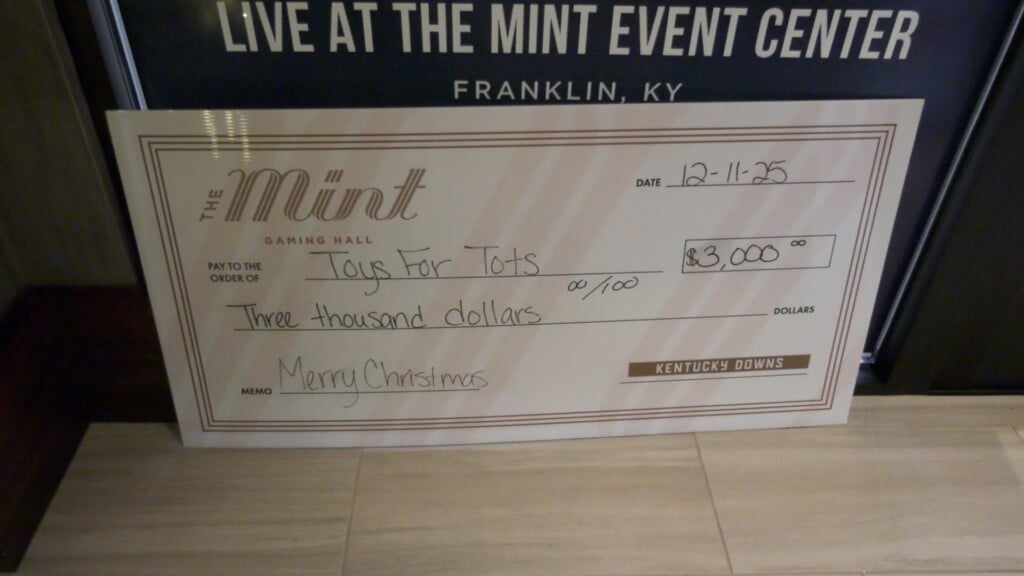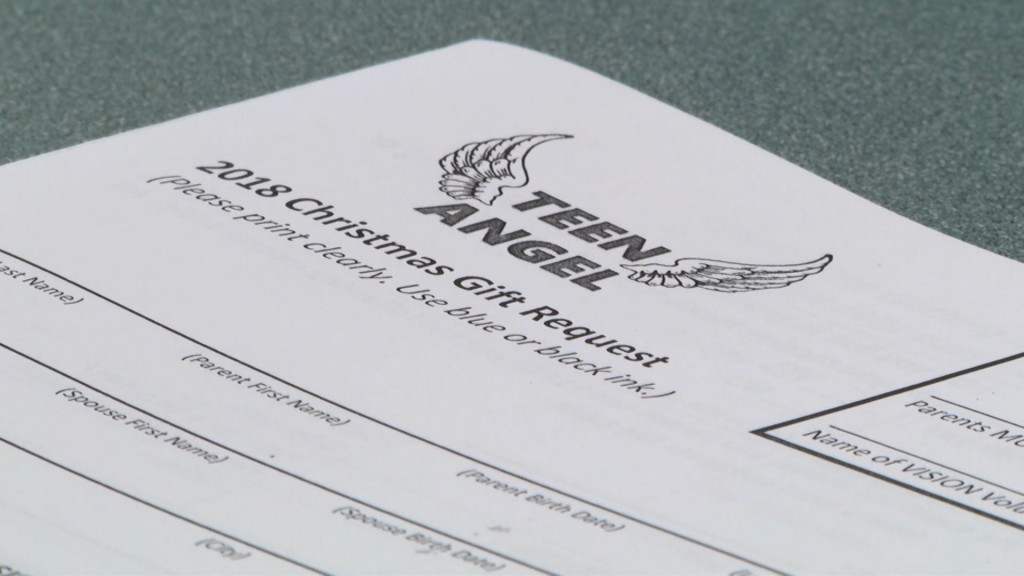Throwback Thursday: No foolin’, the history of April Fool’s Day
As March winds down into April later this week, the calendar turns to the annual day celebrated by pranksters and jokers alike, April Fool’s Day. While origin stories of this special day vary according to different sources, written evidence suggests it originated somewhere in Europe during the Middle Ages. Cultures have been celebrating this day for at least 500 years, perhaps closer to 700. Some countries don’t celebrate it in April, and countries of British origin are the only ones who call it “April Fools.” Here’s the questionable, but intriguing, lore behind April Fool’s.
English bard Geoffrey Chaucer’s Canterbury Tales, published in 1392, references a sly fox tricking a vain rooster on the “thirty-second day of March,” which would be April 1st, in the selection titled, “Nun Priest’s Tale.” However, some experts believe there was a manuscript copying error in this beastly fable, and that he was actually referencing May 1st. Meanwhile, just over a century later in 1508, French poet Eloy De’Amerval literally wrote of a “poisson de’avril,” or “April’s fool.”
Why April, though? Most of Middle Age Europe celebrated the New Year on March 25th at the start of Spring – not on January 1st according to our modern calendar year. Countries celebrated for a full week, ending on April 1st. But, as Europeans began conquering the globe and the power struggles between the Catholics and Protestants grew, so did the influence of the calendar year, which was adopted by Britain and France in the mid-1500s. Those who continued celebrating the New Year on April 1st became the April Fools, and it was normal for a prankster to set up tricks for his neighbor that day.
Some common customs around the world are a bit odd. For over 100 years, Londoners have been purchasing tickets to the Tower of London on April 1st to see the Washing of the Lions, an event that’s never actually happened, but could have in the late 1300s when the Lion Tower – now gone – really did host the lions in the King’s Royal Menagerie. In Ireland, fools would receive a chain letter that would read something like, “Send the fool further,” so the receiver would have to send it on to the next Fool. In countries of French origin, April Fool’s is equivalent to April Fish, and it’s still common to find bakers and chocolate makers selling bread and chocolate shaped like fish on April 1st. The fish is for the fool, of course. Many Nordic countries’ media print one false story for the day. Meanwhile, Spanish speaking countries celebrate the fool’s holiday at the end of December, close to the January 1st New Year.
Whether you celebrate or not, know your April Fool’s has Middle Age origins, and you can thank the battle between the church and the arts for this forever-long battle of wits.




